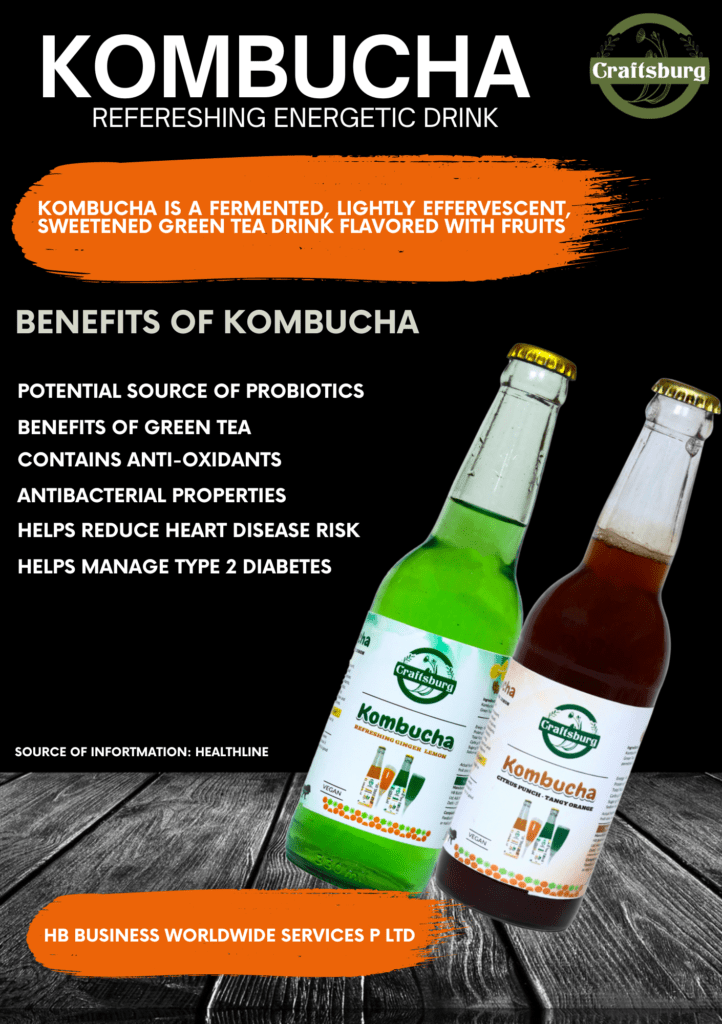History of Black Garlic And Kombucha
September 16, 2023 2023-09-18 4:16History of Black Garlic And Kombucha

History of Black Garlic And Kombucha
History of Black Garlic:
Garlic has been used all over the world for thousands of years. Records indicate that garlic was in use when the Giza pyramids were built, about 5,000 years ago.
Richard S. Rivlin wrote in the Journal of Nutrition that the ancient Greek physician Hippocrates (circa. 460-370 BC), known today as “the father of Western medicine,” prescribed garlic for a wide range of conditions and illnesses. Hippocrates promoted the use of garlic for treating respiratory problems, parasites, poor digestion, and fatigue
Garlic was given to the original Olympic athletes in Greece, as perhaps one of the earliest “performance enhancing” agents.
In Garlic I sour OBSESSION, Market Garden wrote:
Garlic, as a horticulture crop is among the oldest known crop. It gets as far back as 10,000 years ago ( Just after the last ice age). The first reference to the health benefit of garlic dates back 8000 years ago in ancient Chinese writings
Garlic maybe small, but its flavours and benefits are mighty. It is packed with vitamin . Vitamin C, Magnesen, selenium, iron, copper and potassium.
Black garlic is popular in various Asian cuisines. There is an ongoing debate on the origin of black garlic. Some say it was from China, other Japan or Korea. There has not been any clear recorded history of where the first black garlic was made.
In 2004, Scott Kim, a South Korean invented an oven to process large batches of black garlic. This enables everyone to have the immunity benefit of raw garlic, but in a sweeter and more palatable form. Anyway, it was claimed that Korea perfected the method of developing black garlic using modern techniques.
In 2007, Michael and Karen ( owner of blue Fortune farm located in Watertown, Wisconsin replicated Mr Kim’s process. They were able to test Cook 5000 pound of garlic while using the trial and error method. They introduce locally produced by black garlic to the USA market.
Black garlic culinary use was introduced to the US market by 2005 iron Chef episode in Canada Chef Mark McEwan’s store was one of the first that carried it in Toronto.
Black garlic is commonly eaten on its own by black garlic enthusiasts. The flavour of black garlic is most pronounced when it has been pureed into natural flavoured food such as Mayonnaise, cream based sauces, tomato sauce, soups, spreads butter, bread, vinaigrettes or simply tossed into a vegetable dish. There are also freeze then great over your favourite dish.
Black garlic pears very well with all type of vinegar especially balsamic vinegar Puree or chop up our black garlic cloves then add them into balsamic Manager or soya sauce to make a reduction sauce for stale fry or use it chopped or pureed with white vinegar and oil for a delicious, La dressing. Its textures. softens with what water content.
It is specially great in desert. Add it into maple syrup or honey or guava etc. They serve the sweet sauce on ice cream, pies or drizzle over frosted cakes. You will be amazed chef’s are even Himon using it as a marinate for meat, duck, confit and even their desert like ice cream black garlic have the most pronounce flavour in recipes where the food is prepared the day before plane ahead and add to your favourite example, potato, salad, stews or sandwich spread. It is use is l imited to our imagination.
History of Kombucha
Kombucha is a fermented tea beverage with a history that dates back over 2,000 years. Its exact origin is somewhat obscure, but it is believed to have originated in Northeastern China or the Himalayan region. Here is a brief overview of the history of kombucha:
⦁ Ancient Origins: The earliest known records of kombucha consumption come from China during the Qin Dynasty (221-206 BCE) where it was known as “cha jiu” or “tea fungus.” It was revered for its supposed health benefits and was traditionally brewed using green tea and sugar.
⦁ Spread to Other Regions: Kombucha eventually spread to other parts of Asia, including Japan, Korea, and Russia. In Russia, it became known as “tea kvass” and was consumed for its potential health-promoting properties.
⦁ European Adoption: Kombucha gained popularity in Europe in the late 19th and early 20th centuries. It was introduced to Europe through trade routes and gained attention for its reputed health benefits.
⦁ World War II and Beyond: Kombucha’s popularity in Europe waned during World War II, but it experienced a resurgence in the late 20th century as interest in natural health remedies and probiotics increased.
⦁ Modern Resurgence: In recent years, kombucha has become a trendy beverage in many parts of the world, particularly in the United States. It is often marketed as a health drink due to its probiotic content and potential health benefits.
⦁ Commercial Production: Today, kombucha is widely available in supermarkets and health food stores. It is typically made by fermenting sweetened tea with a SCOBY (symbiotic culture of bacteria and yeast) to create a tangy, slightly effervescent beverage.
Throughout its history, kombucha has been associated with various health claims and anecdotal reports of improved digestion, increased energy, and enhanced overall well-being. These claims have driven its popularity as a health beverage. However, it’s important to note that scientific research on kombucha’s health benefits is ongoing, and while it does contain probiotics and antioxidants, more rigorous studies are needed to confirm many of the claimed health effects







